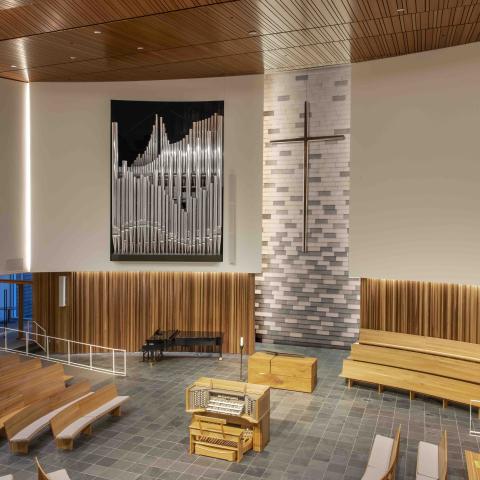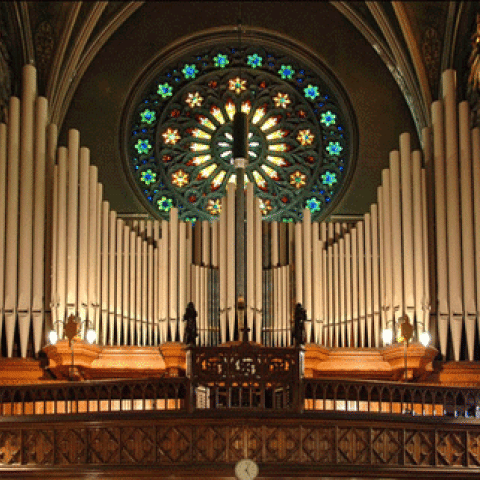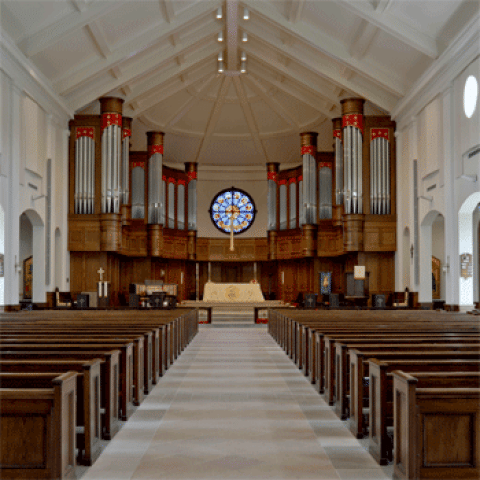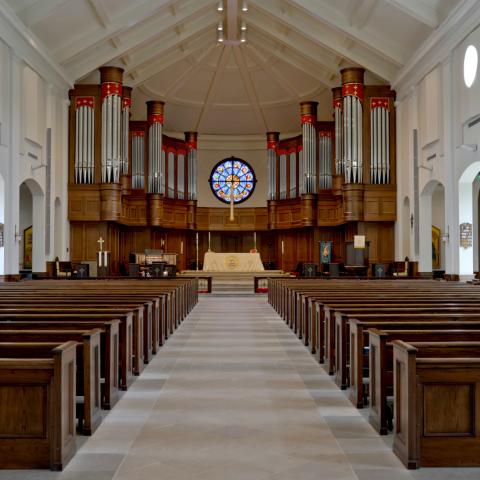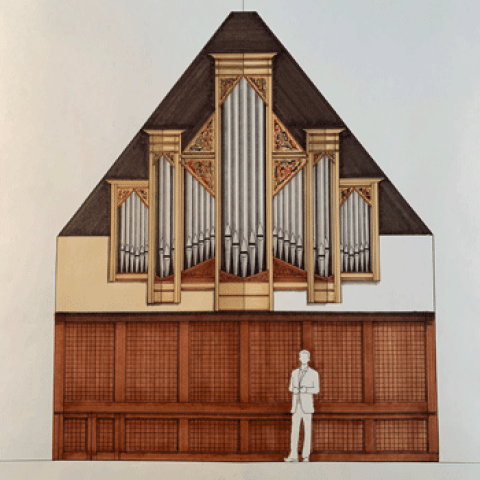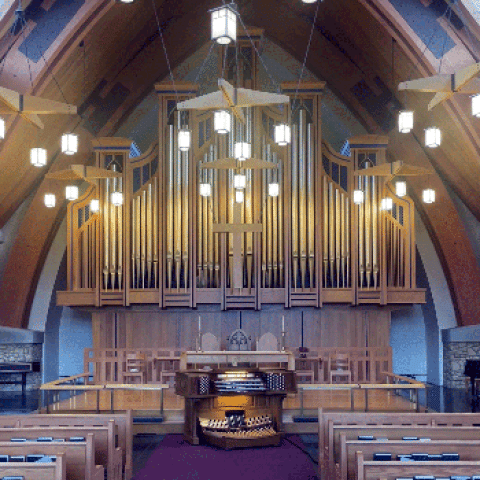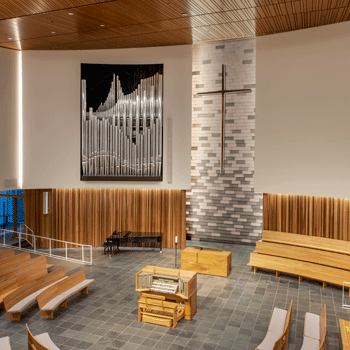
Buzard Pipe Organ Builders Opus 47 is featured on the cover of the April issue of The Diapason.
The organ was completed in November 2020 for Countryside Community Church in Omaha, Nebraska.
This three-manual organ of 25 stops (30 ranks) includes preparations for future addition of nine more stops on the Great, Swell, and Pedal, a “Grande Choeur” of approximately 10 stops as the third manual division, and three Walker digital pedal stops.
See https://www.thediapason.com/content/buzard-pipe-organ-builders-cover-feature
For information: https://buzardorgans.com/
Other recent organ builder news:

